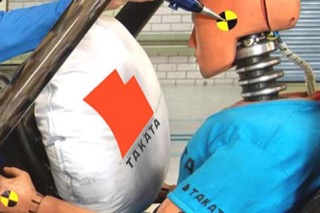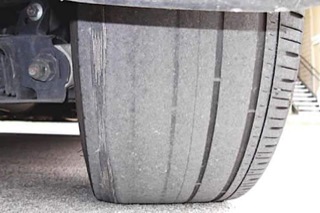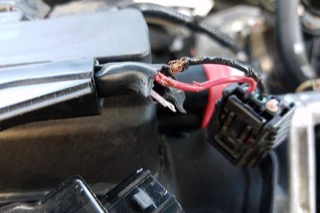4 Common Honda Civic Hybrid Problems
A list of some of the most common issues Civic Hybrid owners have to deal with.
Honda Vehicles with Recalled Takata Airbags
A large number of Honda vehicles have been recalled because they contain dangerous airbag inflators made by Takata. The shrapnel-hurling inflators have been recalled in over 37 million vehicles (and counting).
Continue reading article "Honda Vehicles with Recalled Takata Airbags"
Civic Rapid and Uneven Tire Wear
The Internet has been abuzz with complaints about uneven and rapidly wearing tires on the 2006-09 Civic. These uneven tire problems can quickly turn into braking issues and also lead to reports of difficult to control vibrations, giving som…
Continue reading article "Civic Rapid and Uneven Tire Wear"
Rodents Chew Soy Wiring
Honda switched to a soy-based coating for their wiring that is more biodegradable. It sounds like a pro-Earth move by the automaker, but the real reason is probably a little less triumphant: the coating costs less than plastic. Still, less …
Continue reading article "Rodents Chew Soy Wiring"
Civic Hybrid MPG Lawsuit
If you're a Civic Hybrid owner who has been underwhelmed or downright pissed off about your car's MPG performance, you have a couple options.
Continue reading article "Civic Hybrid MPG Lawsuit"